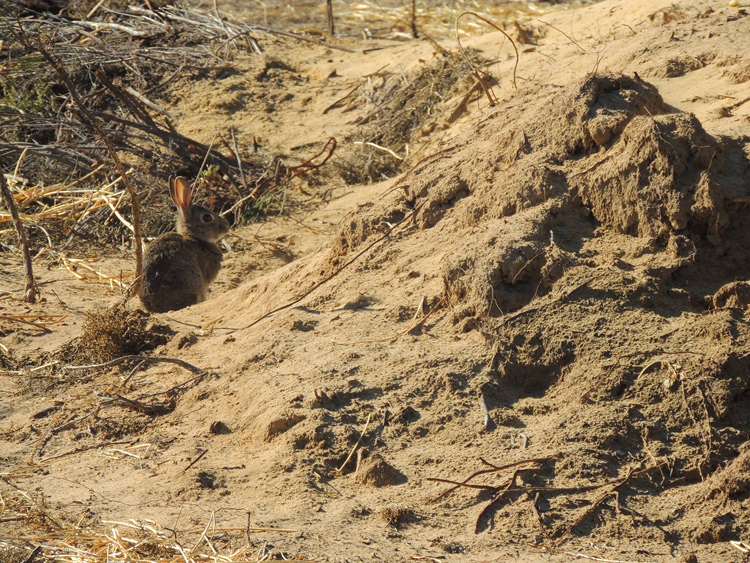The European rabbit Oryctolagus cuniculus is endemic to Mediterranean ecosystems in the Iberian Peninsula, where it is a key species. In recent years its populations have declined due to several factors including habitat transformation and viral diseases. At the same time, corrective measures including population restocking in areas with low population densities using rabbits from other geographical areas have been performed. In this study we evaluate the impact restocking has had on the population dynamics of native rabbits in the Doñana National Park. As part of the natural processes monitoring program carried out in the Doñana Biological Station (ESPN-EBD-CSIC), rabbit censuses were conducted in spring and late summer in 2005–2015?at dusk and at night along six fixed transects in habitats harbouring rabbit populations. In order to take into account restocked rabbit numbers, annual reports from the Doñana Natural Area and data provided by the Lynx team of the LIFE project were incorporated into the study. In all, 52?336 rabbits from different parts of western Andalusia were released in the Doñana Biosphere Reserve in 2005–2015. Yet, rabbit populations underwent significant declines, above all in 2013 and 2015, with decreases in some areas of up to 80%. These results show intensive rabbit restocking did not increase the native rabbit populations numbers. The impact of the release of rabbits on the population dynamics of the species in Doñana is discussed. informacion[at]ebd.csic.es: Carro et al (2019) Is restocking a useful tool for increasing rabbit densities? Global Ecol Conserv https://doi.org/10.1016/j.gecco.2019.e00560









 Las altas temperaturas están provocando que las lagunas y las marismas de Doñana pierdan agua rápidamente
Las altas temperaturas están provocando que las lagunas y las marismas de Doñana pierdan agua rápidamente



